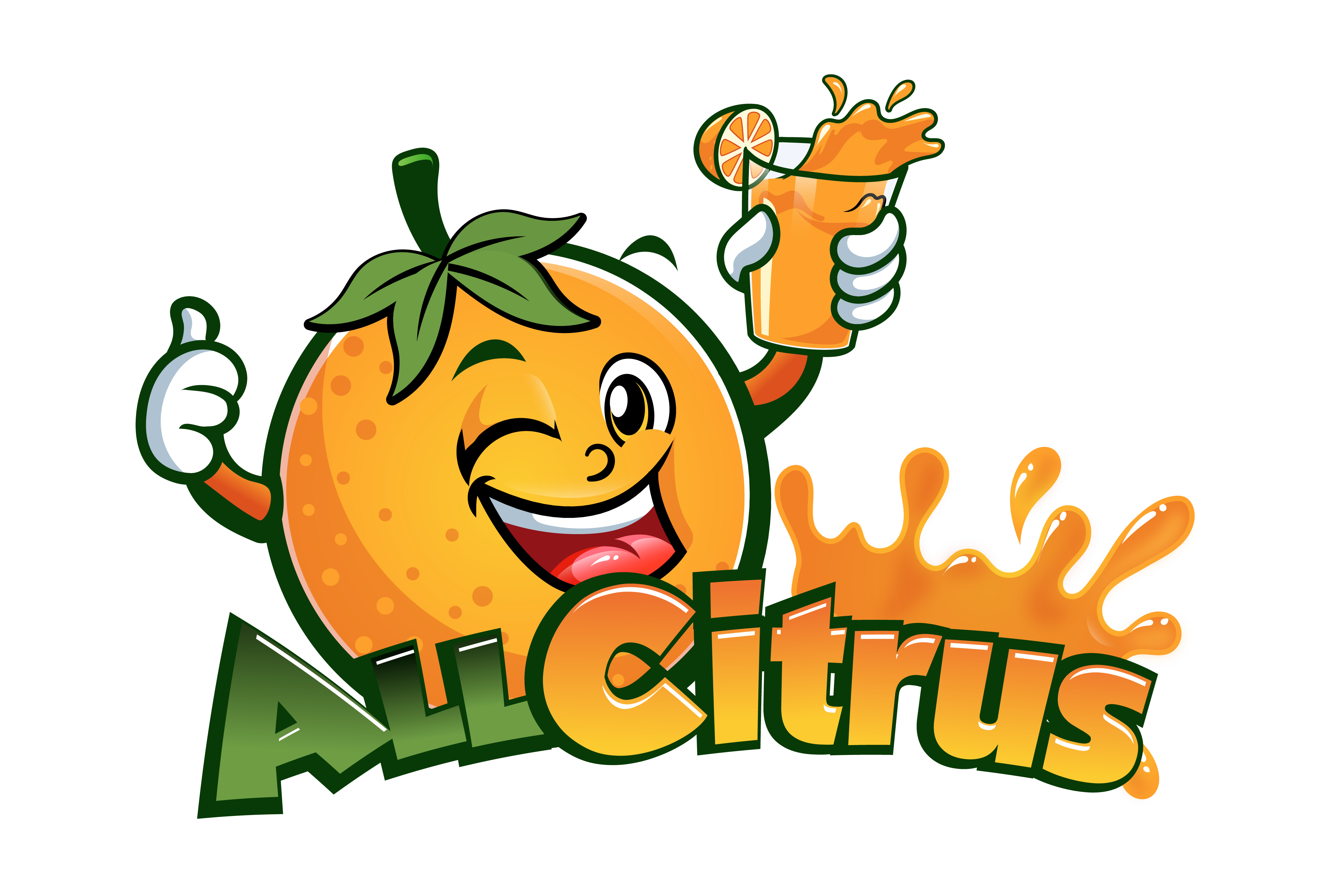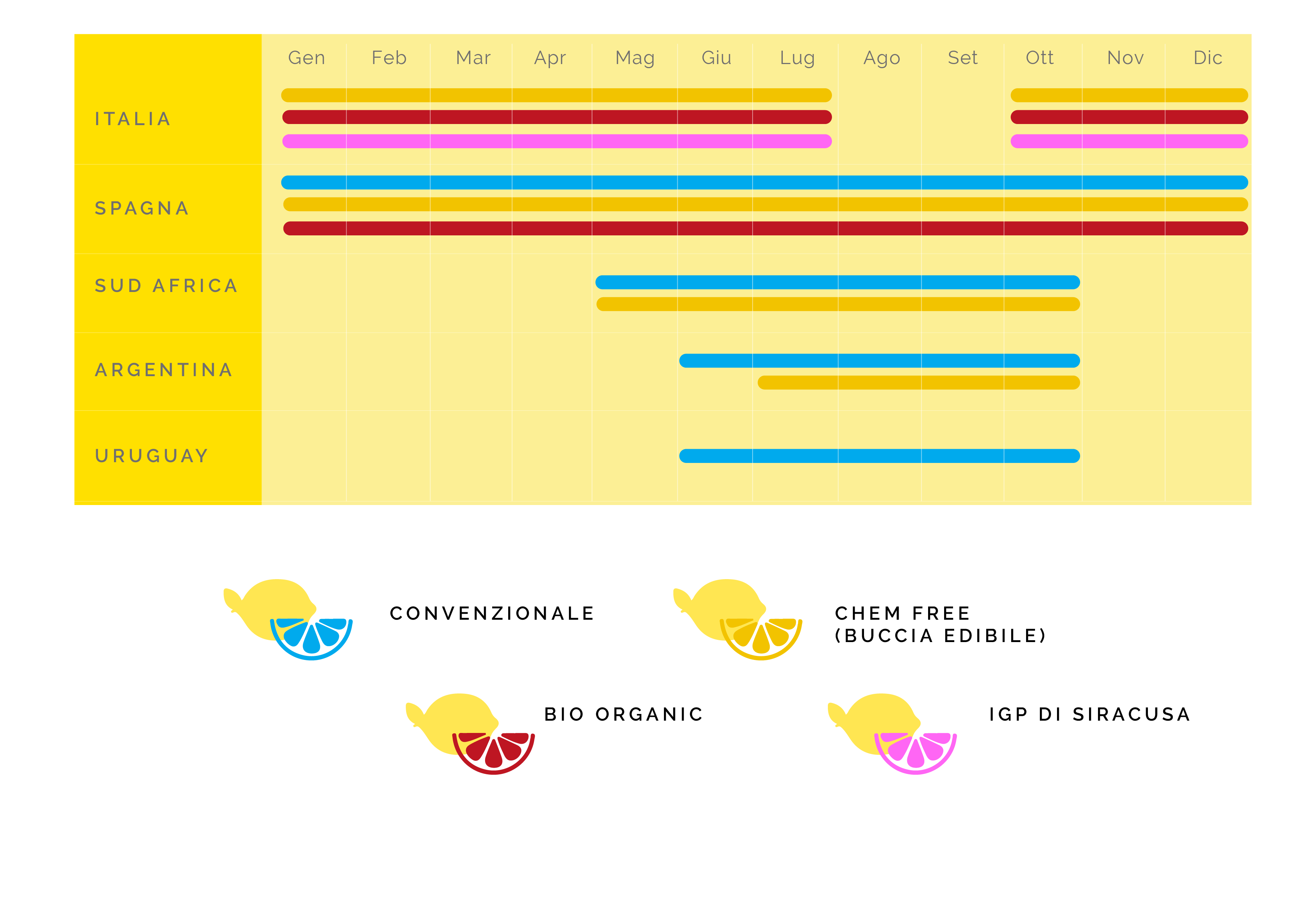Lemon
The lemon can be defined as a hybrid of bitter orange and citron, but over the centuries it has become a true independent species.
Belonging to the Rutaceae species, the lemon tree has the almost unique characteristic of blooming continuously: thus, one has the opportunity to see flowers, unripe fruit and ripe fruit in one plant at the same time.

